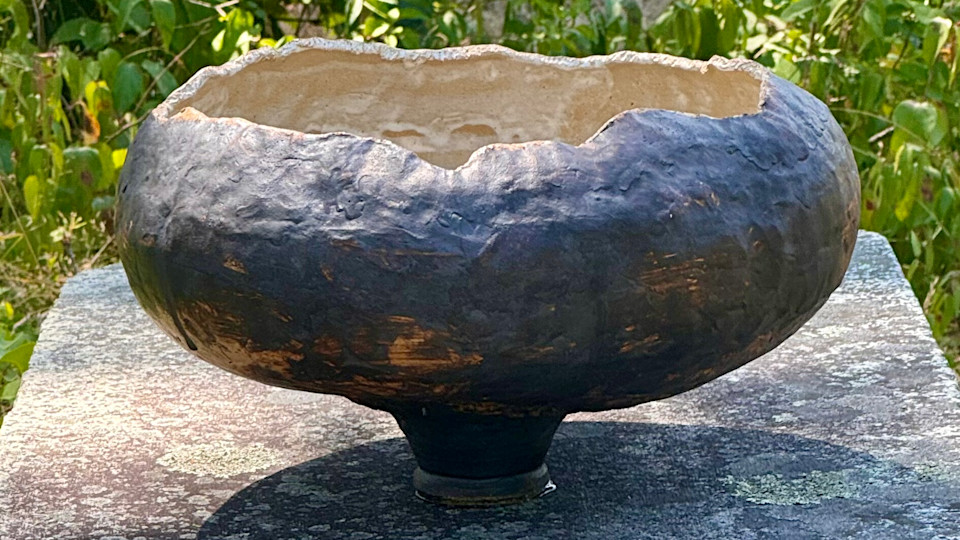The reason why potters invoke the Kiln God has a lot to do with chemistry and physics and not much to do with religion.
In retrospect, I wish that I had paid more attention in my science classes in high school, where I came too close to failing Chemistry. How could I know then that Boyle’s Law would apply to future me, personally, as I struggled to understand why one of my pots exploded in the kiln?
Thankfully, I didn’t have to take Physics to graduate but the structural integrity of my larger vessels in particular depends on balance, thickness, and stress distribution. During a kiln firing, thermal physics governs how heat transfers through a piece, vitrifies the clay particles and transforms the oxides and glazes I've painted on the surfaces.
Studying the work of the centuries of potters who have preceded me inspires my artistic choices. When I was an undergraduate, I was lucky enough to haunt the British Museum for a year instead of attending university lectures. Much later, I (re)discovered Bronze Age artifacts and potsherds displayed in Greek archeology museums, a short distance from where they were unearthed from the seabed off the Greek island of Aegina.
With so many variables — clay, form, finishes, heat source, temperature, oxygen levels, time — trial and error is a fact of life for potters. Over time, each “error” becomes useful knowledge that I have used to refine my technique and material choice. In this way, the practice of making pottery mirrors scientific experimentation: testing, observing, and adjusting to achieve more consistent and desired results.

